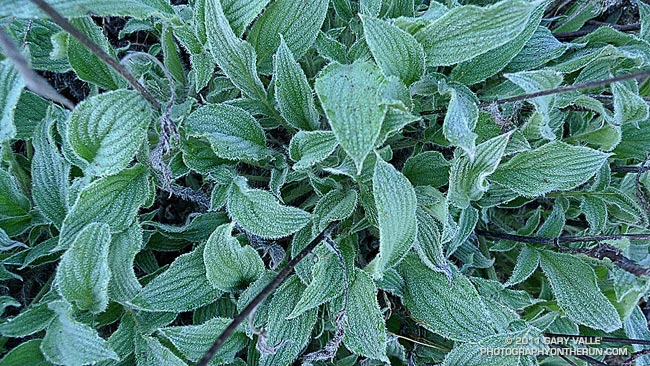
From Saturday’s loop on Ladyface in Agoura Hills.

From Saturday’s loop on Ladyface in Agoura Hills.
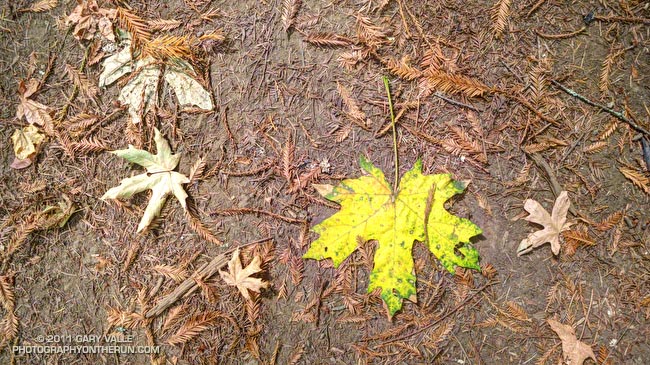
From a hike on the Ritchey Canyon and Redwood Trails in Bothe-Napa Valley State Park. The hike was one of several before-the-wedding activities arranged by Amanda & Brett. (Yep, there was also a trail run.)
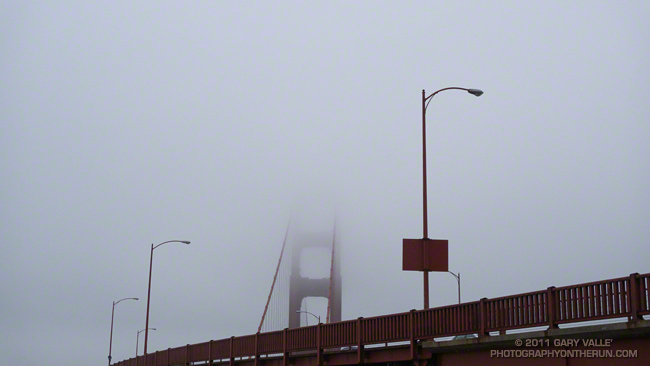
From Friday’s run to Fort Point and the East Battery.

This intricate feather was caught on a bristly stalk along the Secret Trail (Calabasas – Cold Creek Trail). The slightest breath of wind would jostle its branches and branchlets. I found I was holding my breath, waiting for the still moments when I could take a photograph. The feather is smaller than the photograph suggests, perhaps 1.50″-1.75″ in length.
There are several types of bird feathers, the most familiar of which is probably the contour feather. The Feather on the Modelo Trail is a contour feather. In a sense contour feathers form the outer shell of a bird, defining its form and coloration. Wing and tail feathers are contour feathers. The fluffy feather with a familiar name — the down feather — provides insulation.
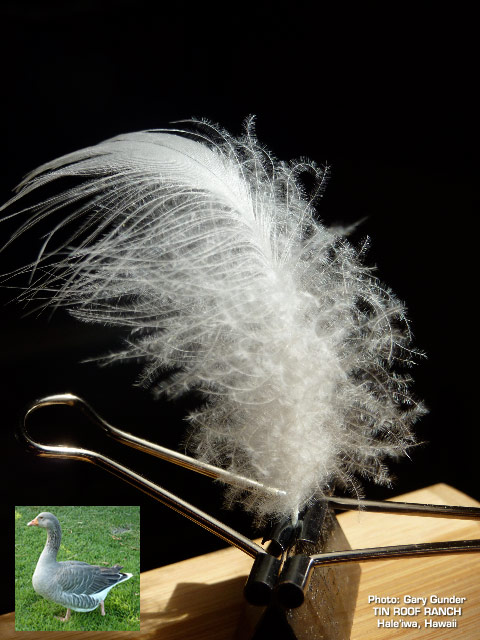
The feather found along the Secret Trail is a semiplume feather. A semiplume feather looks like it is a blend of a contour feather and a down feather, and has some of the characteristics of both. Like a contour feather it has a supportive shaft, but like a down feather it has filamentary branches (barbs) and branchlets (barbules). This combination helps to fill out the bird’s shape, and also provides additional insulation.
The barbules of contour feathers have hooks (barbicels) which join adjacent barbs to form the blade-like vanes of the feather. The barbules of semiplume and down feathers do not have hooks. This allows the barbs of the feather to spread in three dimensions and more easily fill a space. Here’s a closer view of the barbs and barbules of the Secret Trail feather.
To see how the Secret Trail feather compares to other semiplume feathers, I asked long-time climbing, kayaking, and running partner Gary Gunder — now living the good life on the North Shore — if he could take some photos of feathers from some of the birds at Tin Roof Ranch. Courtesy of Gary, here are photos of semiplume feathers from a chicken, turkey, and goose.
For more about feathers and birds see Feather Structure on the Cornell Lab of Ornithology All About Birds web site.
P.S. I asked Gary how his running is going, and he replied, “I run every day… across the Kamehameha highway to go surfing!”
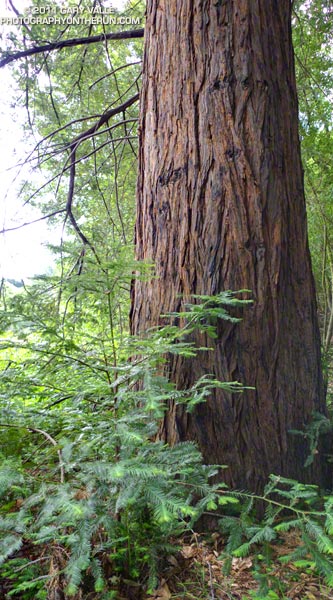
Benefiting from the cool ocean air that flows into Malibu Canyon, the afternoon shadows of Goat Buttes, their north-facing aspect, and the sustaining waters of Malibu Creek and Century Lake, the 100-year-old coast redwoods in Malibu Creek State Park appear to be thriving.
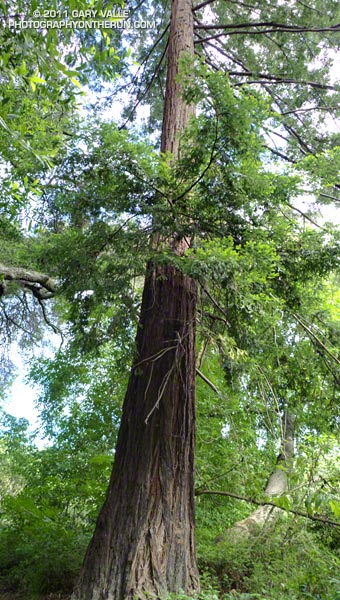
Coast redwoods are not endemic to Southern California. According to Los Padres Forestwatch, the southernmost stand of naturally-occurring coast redwoods is on the coast about 200 miles north of Malibu Creek State Park in an area of Los Padres National Forest designated the Southern Redwood Botanical Area.
Numerous redwoods have been planted in Southern California, and not all of them are doing well. A reprint of the 2004 article “What’s up with the redwoods?” by James Downer, originally available as a resource link on the Urban Forest Ecosystems Institute website, discusses a dramatic decline in coast redwoods planted in Ventura County and describes some of the problems facing this wonderful tree.
Perhaps the Malibu Creek State Park redwoods have a better chance of surviving, and naturally occurring or not, will be enjoyed by Park visitors for centuries to come.
From this morning’s trail run in Malibu Creek State Park.
Some related posts: The Malibu Creek State Park Redwoods Are Dying, Malibu Creek State Park Redwoods: Fighting the Drought
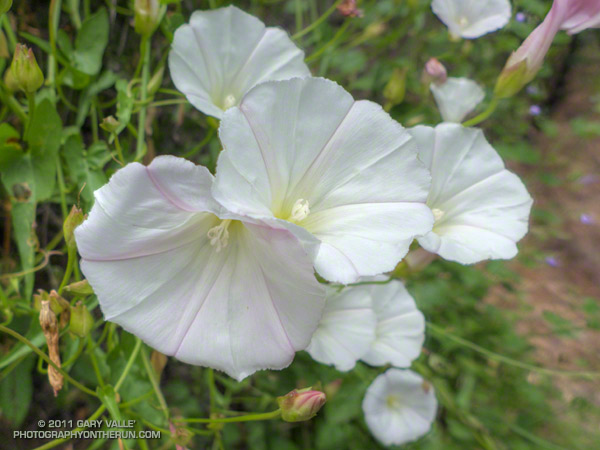
From Sunday’s Trailer Canyon – Trippet Ranch loop.